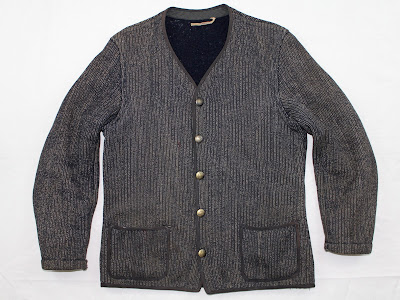Yes, the village is expensive, especially to stay in and dine at, but it was all worth it because Southampton is more than just a wealthy person's summer living quarters. It has hundreds of years of history that not many people know about unless they've grown up in or visited the area before.

Unfortunately, the wet weather didn't allow us the chance to bathe in the sun or splash in the waves, but we still journeyed through as much as we could in the damp and gloomy weather. Mother nature definitely didn't stop us.
With a rainy two days, we spent our time visiting and learning about the oldest and most notable landmarks and houses in the village. For instance, the Thomas Halsey House was one of our favorites, built in 1648! Thomas Halsey was a settler in the Massachusetts Bay Colonies when he sailed to the colonies from England, but later, permanently moved to eastern Long Island. The Halsey House is known to be the oldest English house in all of New York. (We noticed our constant attraction to the English style houses in all of Southampton).
Moving along, we stopped for an enthralling tour at the Southampton Historical Museum, comprised of the Pelletreau Shop, Rogers Mansion, and a historic collection of Southampton buildings ranging from the 18th century to the beginning of the 20th century on the Rogers Mansion property. The structures "include a 19th century paint store, a blacksmith’s shop, a cobbler’s shop, a one-room schoolhouse, and a colonial era barn that was seized by British soldiers to lodge their horses during the Revolutionary War." Actual paint equipment, blacksmith tools, shoe repair supplies, desks, and horseshoes from the 18th and 19th century were housed in the relative shops/spaces as well.
Surprisingly, the Pelletreau Shop is a trade shop that was erected in the 1600's in Southampton and has been in continuous use for more than 300 years, a record no other shop has maintained in America. First, dry goods were for sale at the store, but then Francis Pelletreau bought it to sell his oil and candles produced from whales turning up on the shore of Southampton's beaches. Pelletreau's relatives continued to inhabit the shop with his grandson, Elias, creating jewelry, shoe buckles, silverware, and tankards. Each successor followed suit in silver smithing after Elias. And after all of these years, a silver jewelry maker still occupies the legendary space!
It was an option for us to take a tour inside of the Rogers Mansion, which, of course, we agreed to do. The mansion was renovated in the Greek Revival style in the 19th century after a William Rogers descendant no longer owned the property. (William Rogers bought the area of land in 1648 and a relative of his owned the property until 1880, when Samuel Parrish purchased it). Inside, furniture, paintings, objects, etc. were arranged in rooms such as the library, dining room, parlor room, toy room, girl's room, master bedroom, and butler's closet to recreate the feeling of someone living there at the time when Samuel Parrish acquired the property.
Thorn and I had fun imagining ourselves relaxing in the library by the fireplace, reading Victorian books (which we actually found a 19th century written letter inside-I don't think the museum knows it's hidden in there), and using the late 1800's sewing machine for a big bustle creation. However, we were creeped out by an endless amount of porcelain dolls inside an entire room dedicated solely to dolls.
Our trip was short and sweet, but we learned more about eastern Long Island's past than we could have conceived because neither of us were aware of the centuries of history still existing in Southampton today. Furthermore, the houses and beach side are exquisite. However, the lure of bygone days, without a doubt, is what makes Southampton, Southampton.



















